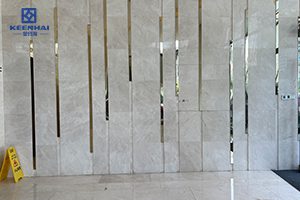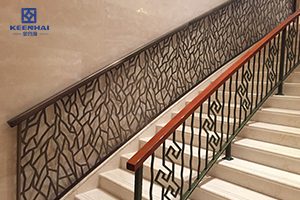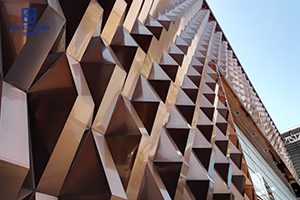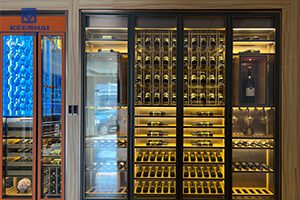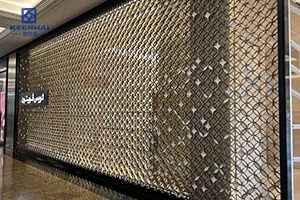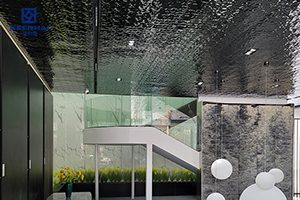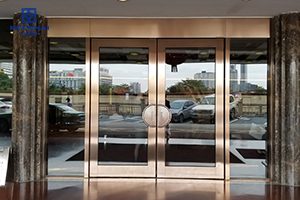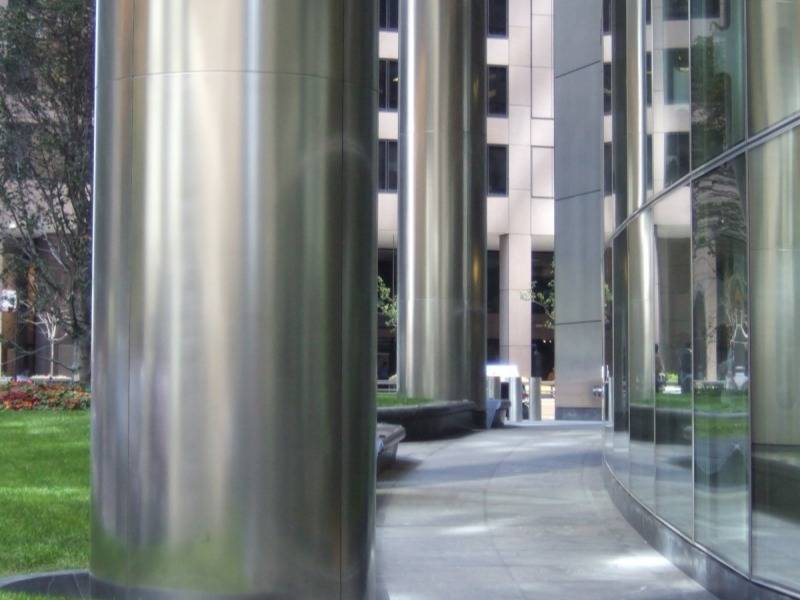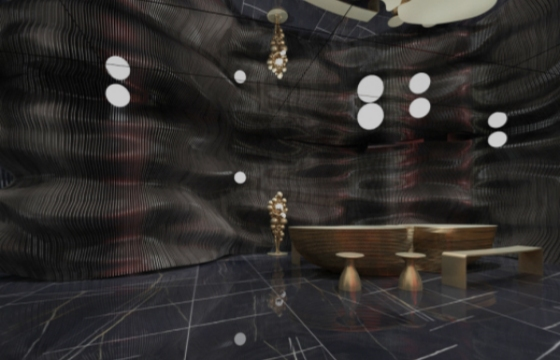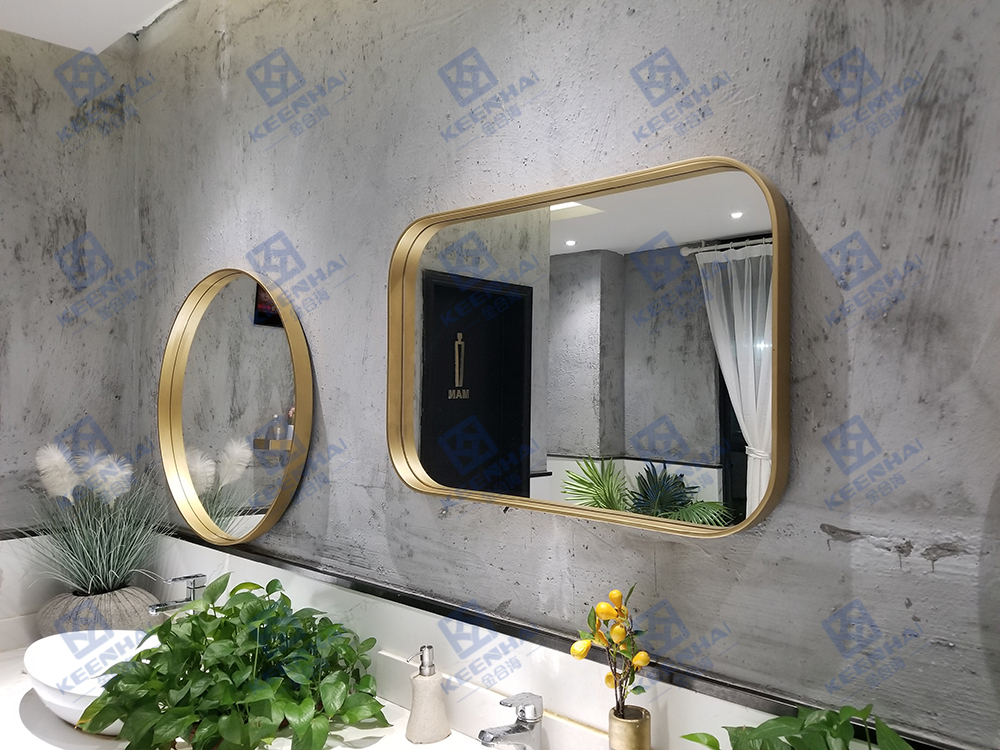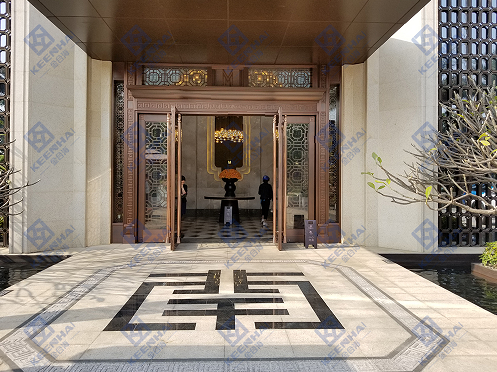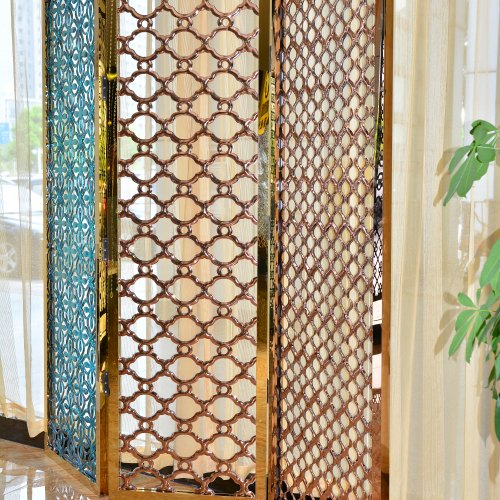Home Elevator Doors
Home elevators have become popular in modern residences, especially for individuals looking for convenience, accessibility, and luxury. They provide ease of movement between floors and contribute to a home’s overall design. One essential element of any elevator system is the elevator door. While they may seem simple, selecting the right home elevator doors involves several considerations that affect functionality, aesthetics, safety, and maintenance.
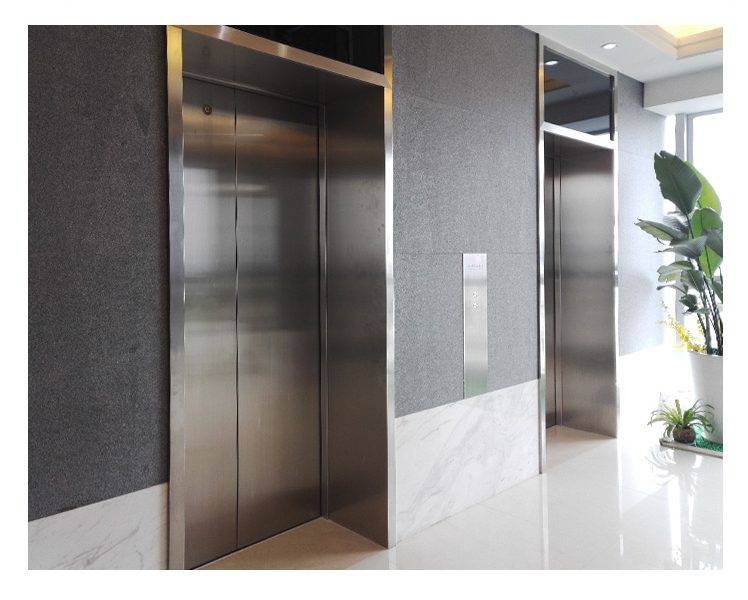
Types of Home Elevator Doors
When installing home elevator doors, choosing the right type is crucial to ensure both practicality and style.
- Traditional Swing Doors
- Pros: Swing doors are the most common and traditional option for home elevators. They operate by swinging open and closed manually, which can be ideal for those who want a classic look. Swing doors also provide a wide opening and don’t require complex mechanics.
- Cons: The main drawback of swing doors is the space they require for opening. This may not be ideal for smaller spaces or areas where you want to optimize space usage.
- Automatic Sliding Doors
- Pros: Automatic sliding doors are an excellent choice for homes with limited space. These doors open smoothly without needing extra space to swing open, making them perfect for modern homes with high-traffic areas. They offer convenience and are easy to use, with minimal effort required to open or close.
- Cons: These doors typically have a higher installation cost due to their motorized mechanism. However, the benefits of space-saving and automation often outweigh the initial investment.
- Bi-Fold Doors
- Pros: Bi-fold doors consist of two panels that fold in on themselves when opened They provide a large opening without taking up much space and are an excellent compromise between swing and sliding doors. Their stylish design complements both traditional and modern homes.
- Cons: These doors are typically more complex to install and may require extra maintenance over time due to their folding mechanism.
- Customizable Options
- Benefits: Custom-made doors allow homeowners to get exactly what they need in terms of size, design, and functionality. Whether you’re looking for a specific material or a particular finish, custom doors offer the flexibility to create a unique and tailored solution for your home.
Materials and Finishes
The material and finish of your home elevator doors affect their longevity, appearance, and maintenance.
- Нержавіюча сталь
- Durability: Stainless steel is incredibly durable, resistant to corrosion, and easy to maintain. It is an ideal choice for high-traffic homes and offers a sleek, modern appearance.
- Maintenance: Stainless steel doors require minimal maintenance, with occasional cleaning needed to preserve their shiny surface. They are resistant to rust and can withstand various environmental factors.
- скло
- Transparency: Glass doors provide a transparent view, enhancing the feeling of openness in your home. They allow natural light to flow between floors, brightening up the space.
- Privacy Concerns: Glass doors can be a concern for those looking for more privacy. However, privacy films or frosted glass can help address these issues without sacrificing the aesthetic appeal.
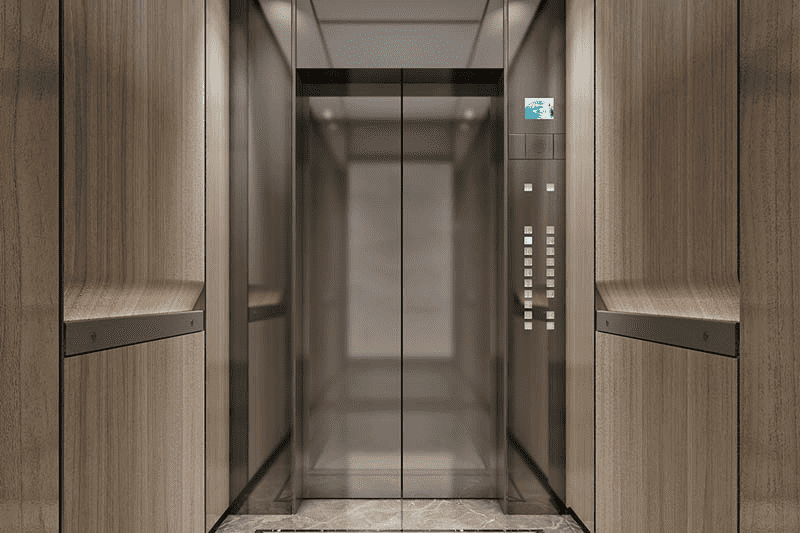
Safety Features
Safety should always be a priority when selecting home elevator doors. Various features can enhance the safety and ease of use of your elevator system.
- Sensors and Safety Mechanisms
- Automatic Closing Systems: Automatic doors equipped with sensors ensure that they close safely and securely after use. These sensors detect any obstruction in the doorway, preventing accidents.
- Infrared Sensors and Door Edge Detection: Advanced infrared sensors can detect people or objects in the doorway, automatically stopping the door from closing to avoid injury or damage.
- Fire-Resistant Doors
- Fire-Rated Materials: In homes where safety is a primary concern, fire-rated home elevator doors are a wise choice. These doors are built using materials that can withstand high temperatures, providing an extra layer of protection in the event of a fire.
- Regulations: Many building codes require fire-rated doors in residential elevators to ensure safety in case of emergencies.
- Locking Mechanisms
- Security Features: A secure locking mechanism ensures that the door remains safely closed while the elevator is in operation. Some systems even include biometric or keycard access for additional security.
Design and Aesthetic Considerations
Choosing the right design and aesthetic is essential to integrate your elevator door seamlessly into your home’s overall interior design.
- Matching the Home’s Style
- Whether your home is modern, traditional, or rustic, your elevator door should blend with your existing décor. The style of the door can be customized to match any aesthetic, adding a cohesive element to your home.
- Color and Texture
- The color and texture of the door play a significant role in its visual appeal. Whether you choose a bold color to make a statement or a neutral shade to blend in, the finish should enhance the surrounding design elements.
- Glass Panels or Clear View Options
- For those who want to maintain an open, airy feel in their home, glass panels or clear-view home elevator doors are an excellent choice. These allow natural light to pass through and provide a panoramic view of the space.
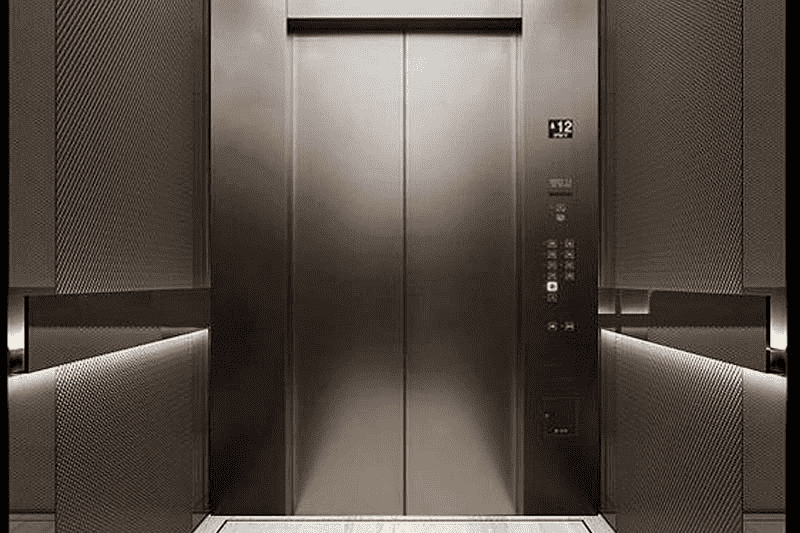
Size and Customization
The size of your elevator door is essential for both aesthetic and functional reasons. It’s important to ensure that the door fits the space properly to create a smooth experience.
- Elevator Door Size
- Correct Measurements: It’s important to ensure the door is appropriately sized for your elevator shaft. Too large or too small of a door can affect the performance of the elevator and detract from its visual appeal.
- Custom Options: Custom sizing allows you to create a door that perfectly fits your home’s unique layout and aesthetic preferences.
- Special Requirements
- Accommodating Mobility Needs: For those with special mobility requirements, larger doors or doors that open automatically may be necessary. These options can make using the elevator easier and more accessible for everyone in the household.
Installation Process
Proper installation of your home elevator doors is crucial for both safety and functionality.
- Hiring a Professional Installer
- It’s essential to hire a professional installer to ensure the doors are installed correctly and safely. Professional installers have the experience and knowledge to handle complex installations and make sure everything works smoothly.
- Pre-Installation Planning
- Space Assessment: Before installation, a thorough assessment of the space and elevator shaft is necessary. This will help ensure the doors fit properly and function as expected.
- Electrical Compatibility: If your home elevator doors are motorized, you must ensure your home’s electrical system can support the additional load.
- Post-Installation Checks
- After installation, it’s important to conduct several checks to ensure that the doors open and close smoothly, and that the safety mechanisms are functioning correctly.
Висновок
When it comes to installing home elevator doors, careful consideration of design, material, safety, and functionality is key. By taking the time to choose the right doors, you’ll enhance both the usability and aesthetic of your home’s elevator system, creating a seamless, safe, and visually appealing addition to your home.
зв'яжіться з нами
Ви можете відвідати наш веб-сайт для отримання додаткової інформації або на нашій сторінці у Facebook для останніх оновлень і основних моментів проекту. Якщо у вас виникли запитання чи пропозиції щодо співпраці, зв’яжіться з нами, і ми з радістю вам допоможемо!




